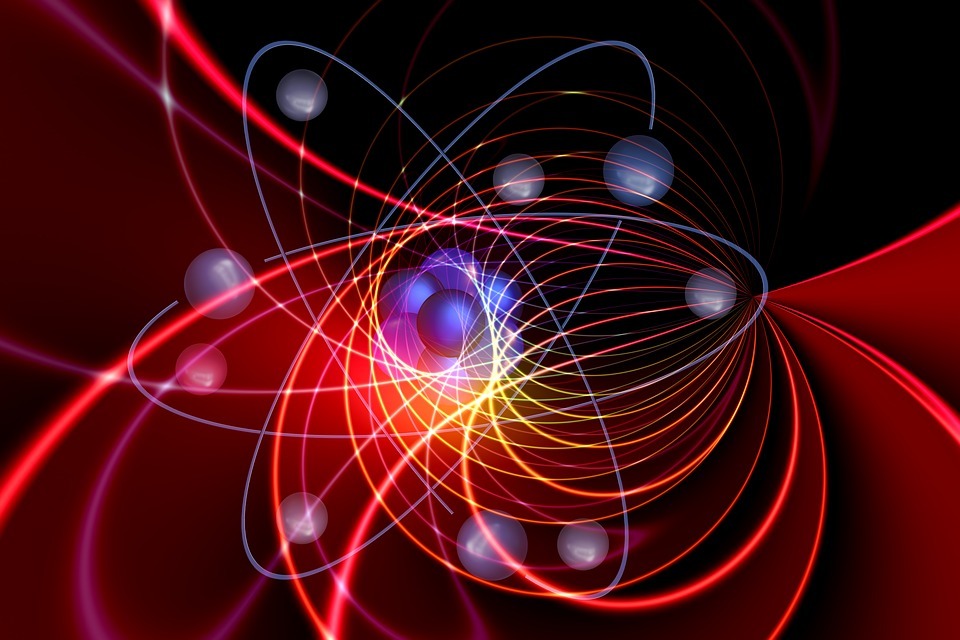Why are scientists looking for sparticles?
The Large Hadron Collider (LHC) has been highly important in helping to refine our understanding of particle physics, however, despite the best efforts of the A Toroidal LNC Aparraratus (ATLAS) collaboration team, a hypothesised class of elementary particles called the sparticle remains only hypothetical. A recent search for these particles failed to turn up any trace of them, but there is still hope that the sparticle will turn up. But what exactly are they, and what could their discovery mean for science?
Understanding this means, in part, attempting to understand the fundamental rules governing our universe. At the moment, our go-to rule book is called the Standard Model – it’s good for a lot of things, including its description three of the four known fundamental forces and its classification of all known elementary particles, but it has also come to be known by its limitations. It can’t incorporate the fourth fundamental force (gravity), it can’t explain the masses of various particles or certain neutrino behaviour, and it has no answer for the existence of dark matter.
Understanding this means, in part, attempting to understand the fundamental rules governing our universe
So, faced with these limitations, scientists had to look for alternative theories and expansions of the Standard Model to explain them, and that leads us to an idea known as supersymmetry. I’m going to massively oversimplify here, but supersymmetry essentially predicts a partner particle for each particle in the Standard Model – these partners are known as both superpartners and sparticles. Particles in nature are split primarily into two main groups – bosons and fermions – and the theory gives a particle in each group and partner in the other. However, none of these sparticle partners are in the family of known particles – rather, they’re much heavier and generally weirder-looking in regards to their behaviour.
This difference in mass is the result of something called symmetry-breaking. At high energies (like inside a supercollider), the mathematical relationships are equal and so the masses are equal. At low energies, however, the symmetry is broken and sparticle mass is much higher. Why does this matter? Well, the idea is that there is something broken in the universe, making normal particles far less massive than their respective sparticle (a breaking action which could also explain, amongst other things, the weaker strength of gravity relative to the other forces).
Supersymmetry essentially predicts a partner particle for each particle in the Standard Model – these partners are known as both superpartners and sparticles
One of the big ideas with the LHC is that it would support or disprove proposed supersymmetry models – collisions between particles can sometimes result in the production of exotic new particles, and it was hoped that some of these would be sparticles. But, at the moment, none have turned up. There are two possible reasons for this – the first is that supersymmetry in all its forms is wrong, and we need to look elsewhere for a new theory that explains our universe. But there’s a second, more optimistic hope, and that’s where the ATLAS team come in.
Normally, in particle physics, being a massive particle leads to greater instability, and thus a faster decay into simpler, lighter particles. Since sparticles are hypothesised as heavy, the expectation was that they would decay quickly – this decay, and the resulting smaller particles, is what the LHC is primarily designed to look for. However, a new theory is that sparticles are long-lived, and they haven’t turned up because scientists are looking far enough away to actually be able to see them. The ATLAS team expanded the search parameters, looking for particles at the edges of the collider as well as in its centre.
However, a new theory is that sparticles are long-lived, and they haven’t turned up because scientists are looking far enough away to actually be able to see them
Alas, this also turned up nothing, but that in itself isn’t entirely a bad sign. The LHC is not build to search for every possible long-lived particle so, if scientists intend to pursue this investigation, it’ll likely take years of specially-focused experiments aimed at trap one of these sparticles before we could actually find one. If one is found, the increased understanding of our universe that it will yield with be historical. And, if we can’t produce the sparticle, we may have to revise the fundamental rule book yet again.

Comments